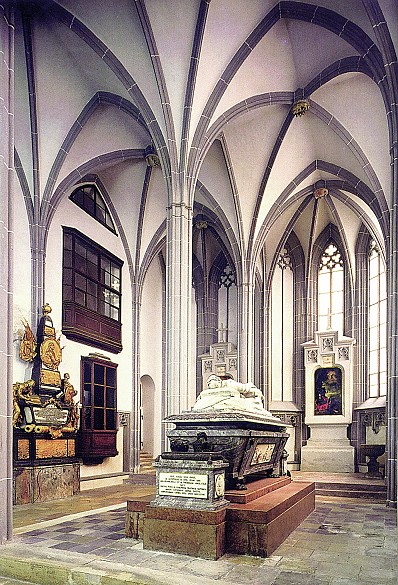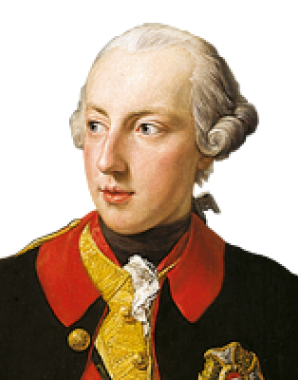The short-term emperor – Leopold II on the imperial throne
In 1790 Leopold’s programme of reform in Tuscany was interrupted by the death of Joseph II. Since his designated heir, Leopold’s son Franz, was deemed to be too young to rule in his own right, Joseph was followed on the imperial throne by Leopold as his next eldest brother.
Leopold was confronted by the ruins of Joseph’s reform programme, which had been brought to a standstill by resistance from the aristocracy, the Church and also large sections of the population.
At first Leopold concentrated on limiting the damage in the sphere of foreign affairs. The armed conflict that Joseph had so recklessly begun with the Ottoman Empire was ended by the Treaty of Sistova in 1791. In 1790 impending war with Prussia was averted by the Convention of Reichenbach, which reconciled the interests of the two rival Great Powers. This was agreed not least in order to spare their forces against the background of growing concern at the way the French Revolution was developing. At first Leopold’s stance towards the demands by the revolutionary forces for the limitation of feudal despotism was positive; after all, they corresponded partly with his own efforts at reform. However, as the Revolution took an ever more radical direction Leopold’s attitude changed as he realized the threat that it represented to the Monarchy.
Within the Monarchy the most urgent issue was the need to negotiate compromises in order to defuse the revolt in the Austrian Netherlands. Tyrol and, most importantly, Hungary were on the verge of armed revolt. Here several of Joseph II’s reforms were rescinded, thus depriving the nobility of the basis for their opposition.
Leopold was able to consolidate his position, as evinced by his election and coronation as emperor of the Holy Roman Empire in Frankfurt in October 1790, and his coronation as king of Hungary (1790) and Bohemia (1791).
Just as the situation had been defused Leopold died suddenly on 1 March 1792 aged only forty-four. The most probable cause of his death was pleurisy. The rapid progress of his fatal illness gave rise to rumours that he had been poisoned, but this is regarded as unlikely by modern historians. Leopold was interred in a simple sarcophagus in the Imperial Crypt of the Church of the Capuchin Friars in Vienna. The monumental cenotaph that was originally intended to embellish his tomb today stands in a rather obscure corner of the chapel of St George in the monastery of the Augustinian friars in Vienna.















